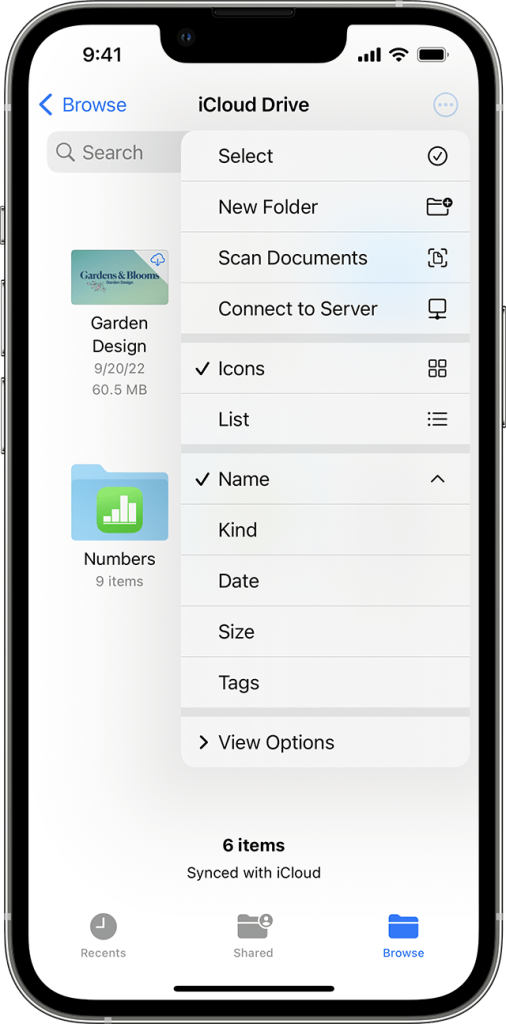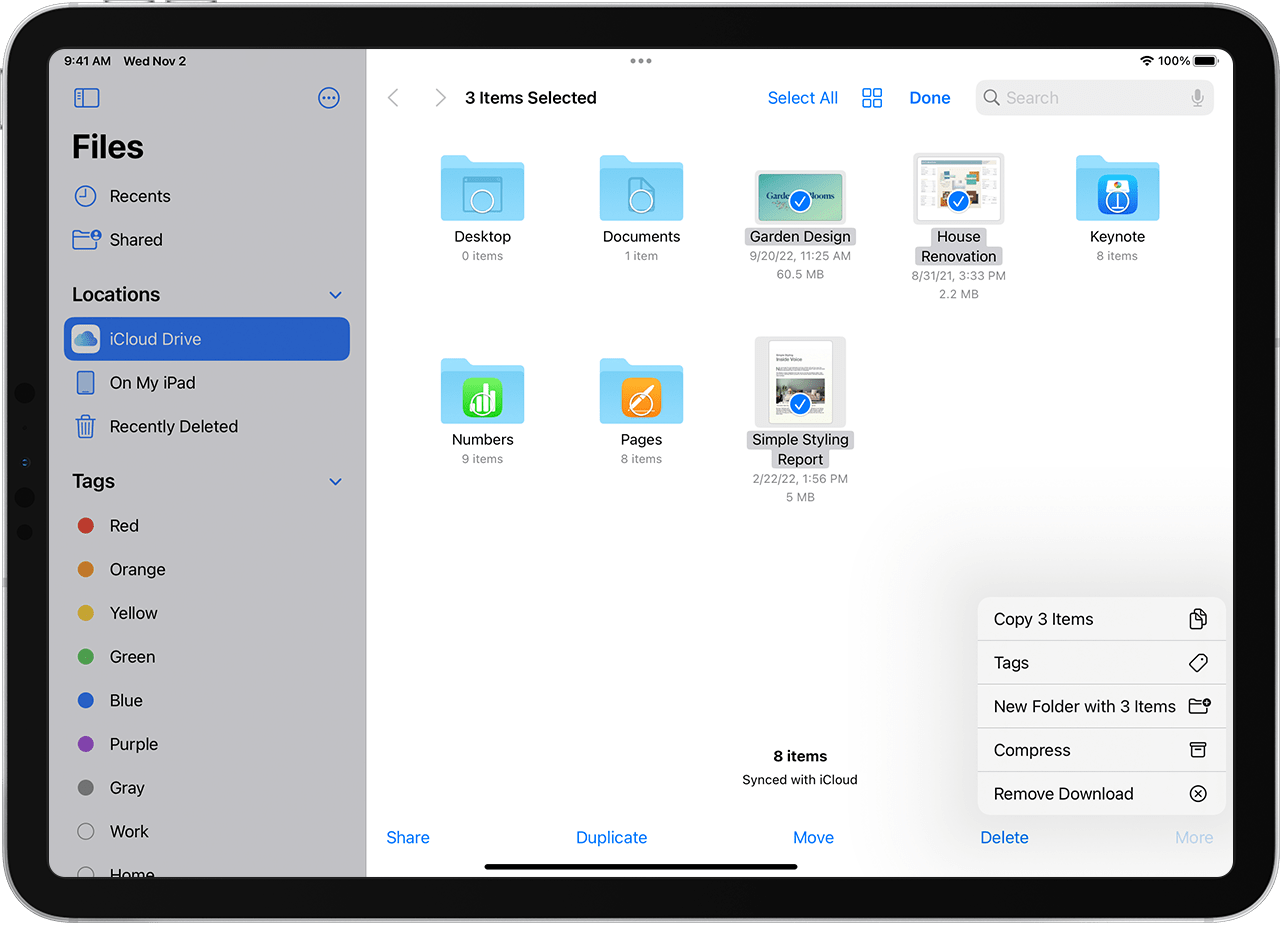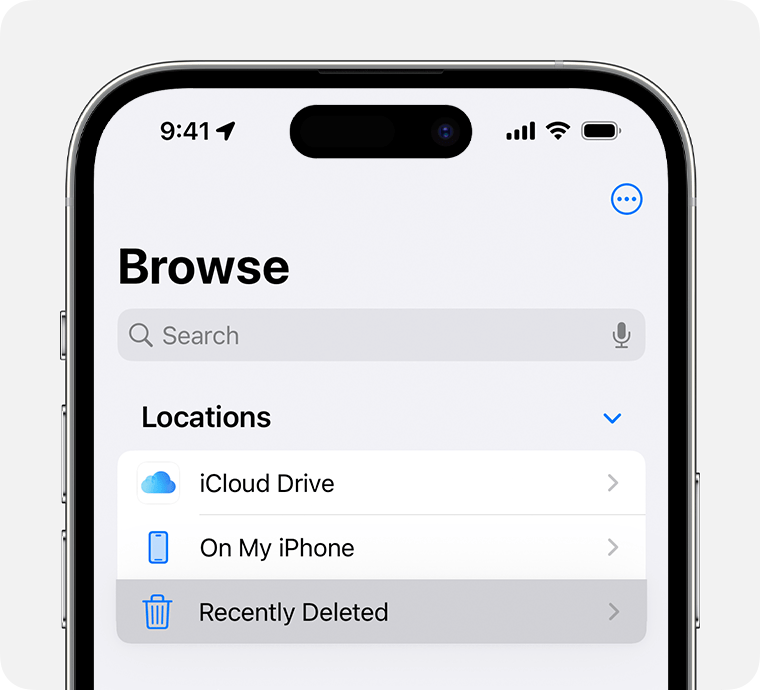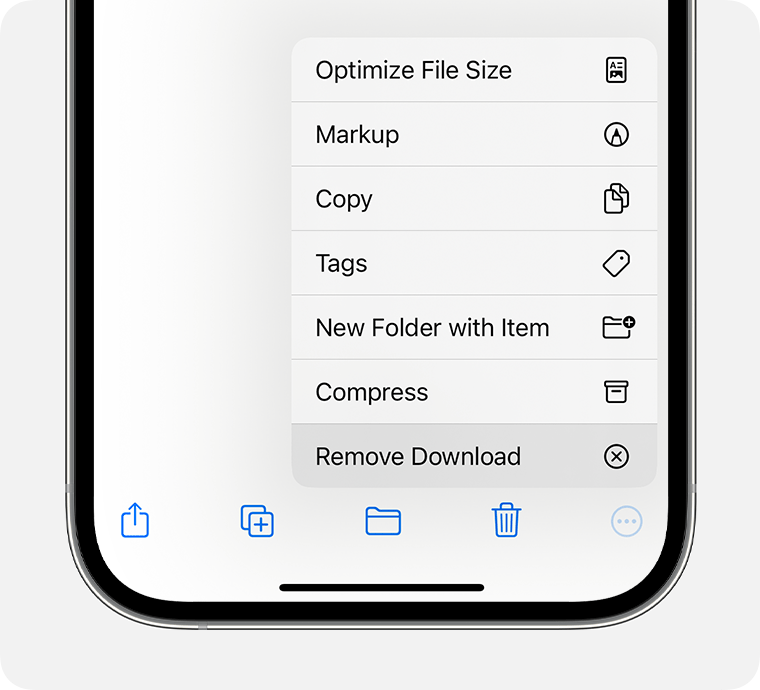Google Pixel 8 Unveiled: A Quantum Leap in Smartphone Innovation
Release Date: October 15, 2023
In the ever-evolving realm of smartphones, Google once again asserts its technological prowess with the release of the Google Pixel 8 on October 15, 2023.
With a reputation for delivering cutting-edge features and an unparalleled software experience, the Pixel series has consistently been at the forefront of the Android ecosystem. In this comprehensive review, we delve into the intricate details of the Google Pixel 8, exploring its design, performance, camera capabilities, software enhancements, and how it positions itself in the competitive smartphone landscape.
Design: Fusion of Form and Functionality
The design philosophy of the Google Pixel 8 seamlessly marries form and functionality. The device maintains the signature two-tone aesthetic with a refined use of materials. The rear panel, constructed from a combination of glass and aluminum, not only contributes to a premium feel but also facilitates wireless charging. The slightly curved edges offer a comfortable grip, and the tactile placement of buttons and ports showcases meticulous attention to detail.
One noteworthy feature is the adoption of a bezel-less display with an under-display front camera, creating an immersive visual experience. The minimalistic yet elegant design sets the Pixel 8 apart, making a statement without compromising on practicality.
Display: Quantum Dot Brilliance
The Pixel 8 boasts a state-of-the-art Quantum Dot display, marking a significant advancement in visual technology. With a resolution of 3200 x 1440 pixels, the 6.5-inch OLED screen delivers stunning clarity and vibrant colors. The Quantum Dot technology enhances color accuracy and brightness, ensuring that every detail on the display is rendered with precision.
The 120Hz refresh rate adds a layer of fluidity to the user experience, providing smooth transitions and responsive touch interactions. HDR10+ support further elevates the viewing experience, making the Pixel 8 an ideal companion for multimedia enthusiasts.
Performance: The Brains Behind the Beauty
At the heart of the Google Pixel 8 lies the next-generation Tensor Processor, a custom-designed chip by Google. This powerhouse is tailored to optimize AI and machine learning applications, ensuring unparalleled performance in various scenarios. The Tensor Processor not only enhances computational photography but also contributes to the overall efficiency of the device.
Paired with the Tensor Processor is the latest Qualcomm Snapdragon chip, guaranteeing seamless multitasking, smooth graphics rendering, and efficient power management. The integration of advanced cooling mechanisms prevents overheating during intensive tasks, allowing the Pixel 8 to maintain peak performance consistently.
Camera System: Computational Photography Redefined
The camera system of the Google Pixel 8 solidifies its position as a pioneer in computational photography. The rear module features a triple-camera setup, including a primary wide-angle lens, an ultra-wide-angle lens, and a periscope telephoto lens. Each lens is meticulously calibrated to work in harmony, capturing images with exceptional clarity and dynamic range.
The Pixel 8’s low-light photography capabilities are particularly noteworthy. The Night Sight mode, enhanced by AI algorithms and machine learning, delivers stunning results in challenging lighting conditions. The inclusion of a periscope telephoto lens allows for impressive optical zoom capabilities, bringing distant subjects closer without sacrificing image quality.
On the front, the under-display camera seamlessly integrates with the display, ensuring an uninterrupted viewing experience. The use of advanced algorithms minimizes any visual artifacts, providing clear and natural selfies.
Connectivity: 5G Integration and Beyond
The Google Pixel 8 embraces the era of 5G connectivity, ensuring that users can leverage high-speed networks for seamless streaming, gaming, and downloading. The device also maintains compatibility with existing 4G networks, ensuring a smooth transition for users in regions where 5G infrastructure is still evolving.
In addition to 5G, the Pixel 8 features advanced Wi-Fi 6E capabilities, enhancing wireless connectivity. The inclusion of a USB-C port supports fast charging and data transfer, contributing to a versatile and future-proof connectivity ecosystem.
Software: Android 13 Tailored for Pixel Perfection
Running on Android 13, the Google Pixel 8 benefits from the latest software enhancements and security features. The clean and intuitive Pixel Launcher remains a hallmark, providing a user-friendly interface that complements the device’s hardware seamlessly.
Google’s commitment to timely software updates ensures that Pixel 8 users receive the latest features and security patches promptly. The integration of AI-driven features, such as Adaptive Battery and Now Playing, further enhances the overall user experience, making the Pixel 8 not just a device but a personalized digital companion.
Security: Cutting-Edge Biometrics
The Google Pixel 8 prioritizes user security with cutting-edge biometric technologies. The under-display fingerprint sensor ensures swift and secure authentication, complemented by advanced facial recognition capabilities. The fusion of these biometric methods provides users with multiple layers of protection, ensuring that their data remains secure and accessible only to authorized users.
Battery Life: Endurance Meets Efficiency
Equipped with a robust 4500mAh battery, the Pixel 8 strikes a balance between endurance and efficiency. The integration of AI-driven adaptive battery management ensures optimized power consumption, extending the device’s longevity on a single charge. Fast charging capabilities, both wired and wireless, further enhance the user experience by minimizing downtime.
Conclusion: Pixel 8 – A Masterpiece Unveiled
In conclusion, the Google Pixel 8, released on October 15, 2023, stands as a testament to Google’s commitment to pushing the boundaries of smartphone innovation.







